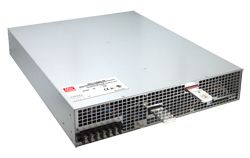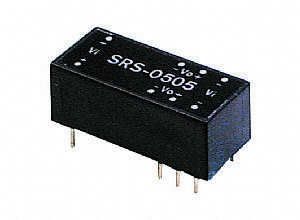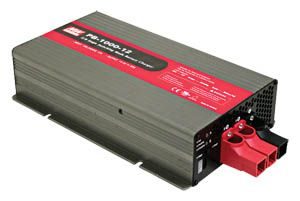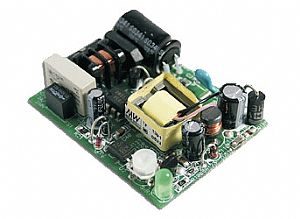Safety Ground
What is Safety Ground?
A conductive path to earth that is designed to protect persons from electrical shock by shunting away any dangerous currents that might occur due to malfunction or accident.
Electricity by nature seeks a pathway to the ground and always takes one with the least resistance. If the grounding system of an installation is weak or faulty, either due to wrong or poor connections or a circuit fault, the electricity will try to find the easiest path to the ground. This can be a person touching the exposed metallic part of the object, or the nearest object. The path provided by the safety ground connection to the ground mass is therefore designed to have the least resistance so as to allow the fault electricity to flow easily.
The safety ground provides electricity with a pathway from the source to the circuit and then back to the ground. Ground rods are usually used at the utility company’s power entry point into the premises so as to connect the circuit to the ground.
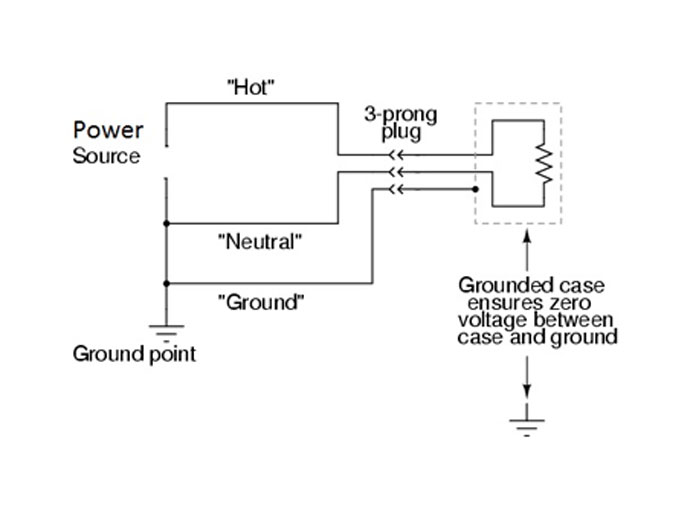
Fig 1 Circuit with a safety ground using a 3 wire supply cable – Image Credit: allaboutcircuit
The electrical circuits then supply their power to the equipment through one wire or more live wires. A neutral wire provides the return path for the electricity to complete the circuit. The two wires are not accessible to users and are usually isolated from the body of the equipment. And the ground connection is added to provide an additional path for the electricity to safely flow into the ground in the event of a fault such as a short circuit.
As such, an effective grounding is possible only when the supply cables have three wires, the live, neutral and the ground. The neutral is usually connected to the ground at the distribution point and therefore provides a return path, however, some equipment do not have a connection from the neutral to the metallic case and the third wire should therefore be connected to the case to ensure that stray or fault currents are grounded.
The safety ground ensures that at least one side of the circuit is electrically common with the earth mass. This avoids shock hazards; the neutral conductor is usually connected to the ground while the active live or hot wire supplies the power. Ungrounded equipment will still function with no risk of electric shock as far as the hot wire does not come into contact with the case.
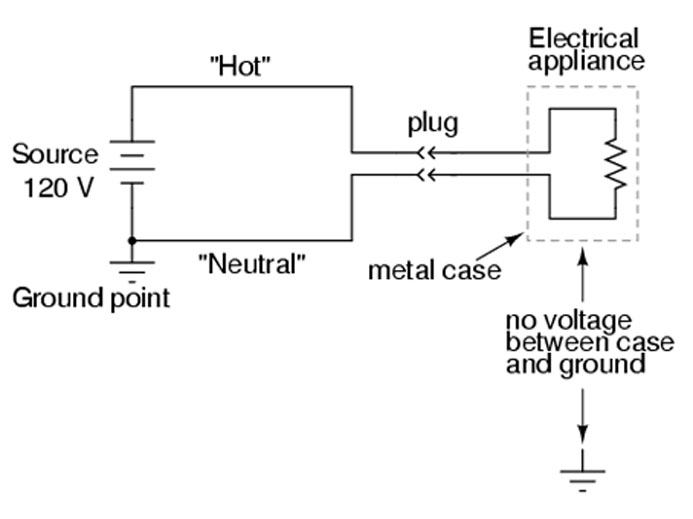
Fig 2 Circuit with no ground connection and no fault condition – Image Credit: allaboutcircuit
If the neutral wire touches the case, there is no risk. However, in the event of an accident contact through a fault or leakage or when there is a liquid between the live wire and the case, the case becomes live or hot. If one touches the case, the current flows through the body as it finds its way to the ground, hence giving the person an electrical shock which can be fatal depending on the amount of current passing through the body.
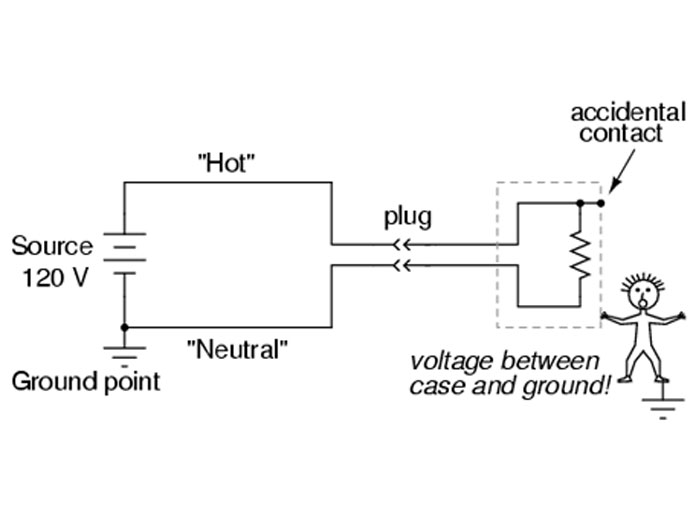
Fig 3 Faulty circuit with no ground connection – Image Credit: allaboutcircuit
By ensuring that the ground is connected to the case, any current from a fault or hot wire touching the case, will find a low resistance path to the ground and touching the case will not be dangerous since it will remain at zero volts.
When a third wire is used to provide the ground connection, it ensures that the grounded connection at the socket is common with the grounded case and no voltage can be between the case and the ground. In addition, if a fault occurs, a protective circuit detects this and disconnects the power using the over-current protection device, hence ensuring the safety of the user and the protecting the equipment against further damage.
It is a mandatory requirement to bond AC power line to the earth as it enters a building or premises. In other applications such as in power tools, some of the regulations like the insurance ones, allow a choice between using double insulation or grounding the metal case by use of a third wire safety ground.
Proper bonding of the equipment and bonding to the earth connection prevents unwanted voltage or stray currents on non-current-carrying metal objects such as appliance casings, tools, enclosures, raceways and more. In addition it facilitates the correct operation of protective devices such as the over current devices.

